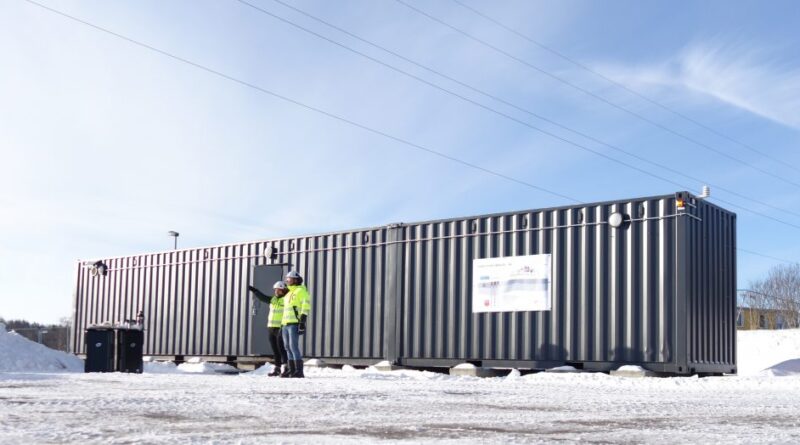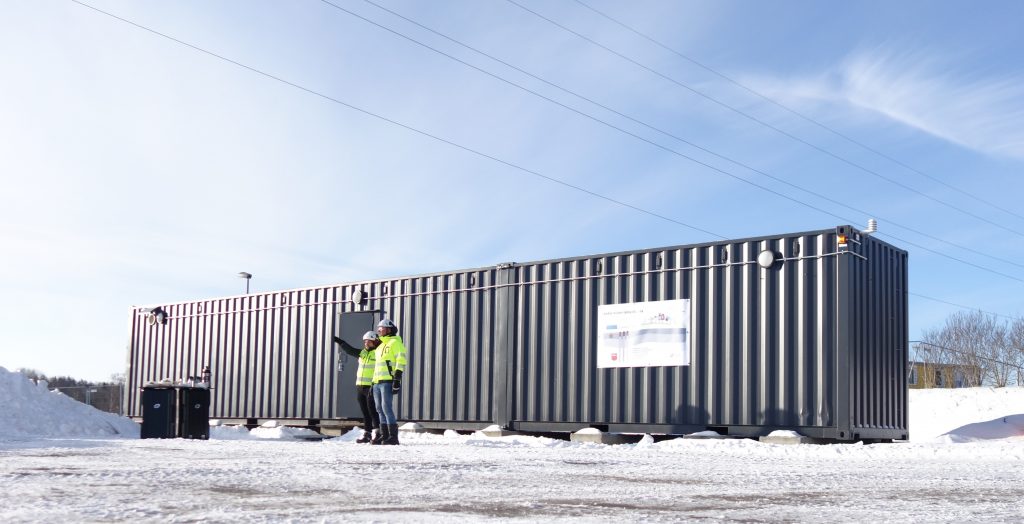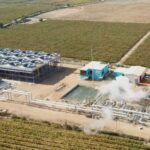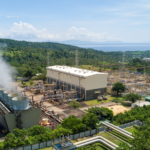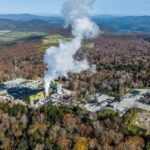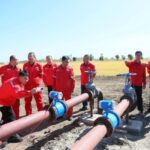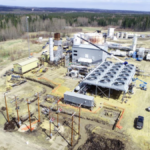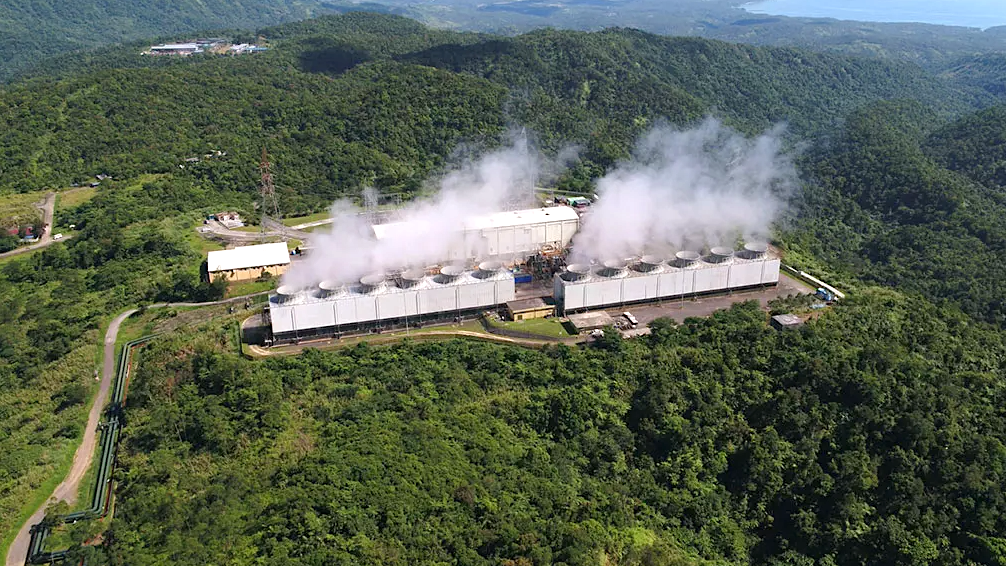First geothermal heating plant in Finland starts operations
Energy Disrupter
Operations have started for Finland’s first geothermal heating plant in Varisto, Vantaa built by QHeat for Vantaan Energia.
The geothermal heating plant built by QHeat for Vantaan Energia in the district of Varisto in Vantaa, Finland has started operations. This marks the first time that geothermal heat has been used for a district heating network in Finland.
The plant consists of three heating wells about 800 metres deep. The estimated annual energy production of the wells is 2,600 MWh which corresponds to the annual heating demand of about 130 private houses. We had previously reported on the investment aid for this project, as well as the completion of drilling of the first thermal well.
In recent years, Vantaan Energia has made significant investments in carbon footprint reduction of district heating and the company aims to ensure that the heat in the heating network comes entirely from renewable energy sources. As part of its climate objectives, Vantaan Energia will phase out fossil fuels in energy production as quickly as possible and move towards carbon neutrality by 2030.
QHeat’s geothermal heat wells will help Vantaan Energia reach their climate targets.
”Geothermal heat emissions are up to 95% lower than fossil fuels. QHeat helps to solve Vantaan Energia´s climate challenges, and at the same time QHeat also accelerates the company´s customers’ journey to carbon neutrality”, says Erika Salmenvaara, Managing Director of QHeat.
”Our customers get the benefits of geothermal heat in the form of a worry-free service at a stable price. This is the first time in Finland that geothermal heat has been used in a district heating networ”, says Matti Wallin, Director of Energy Service Business at Vantaan Energia.
The geothermal heat wells operate by bringing up water that has been heated in the bedrock to the surface. The heat from this water is then directly transferred to Vantaan Energia’s district heating network. With QHeat’s technology, thermal energy generated in Vantaan Energia’s production can also be stored in the bedrock during the summer, balancing the need for energy production during winter consumption peaks.
”Due to the availability of wind and solar energy, for example, electricity prices can fluctuate widely. As the share of renewable energy sources in production increases, the importance of flexible components such as heat wells will grow”, says Salmenvaara.
Source: QHeat

